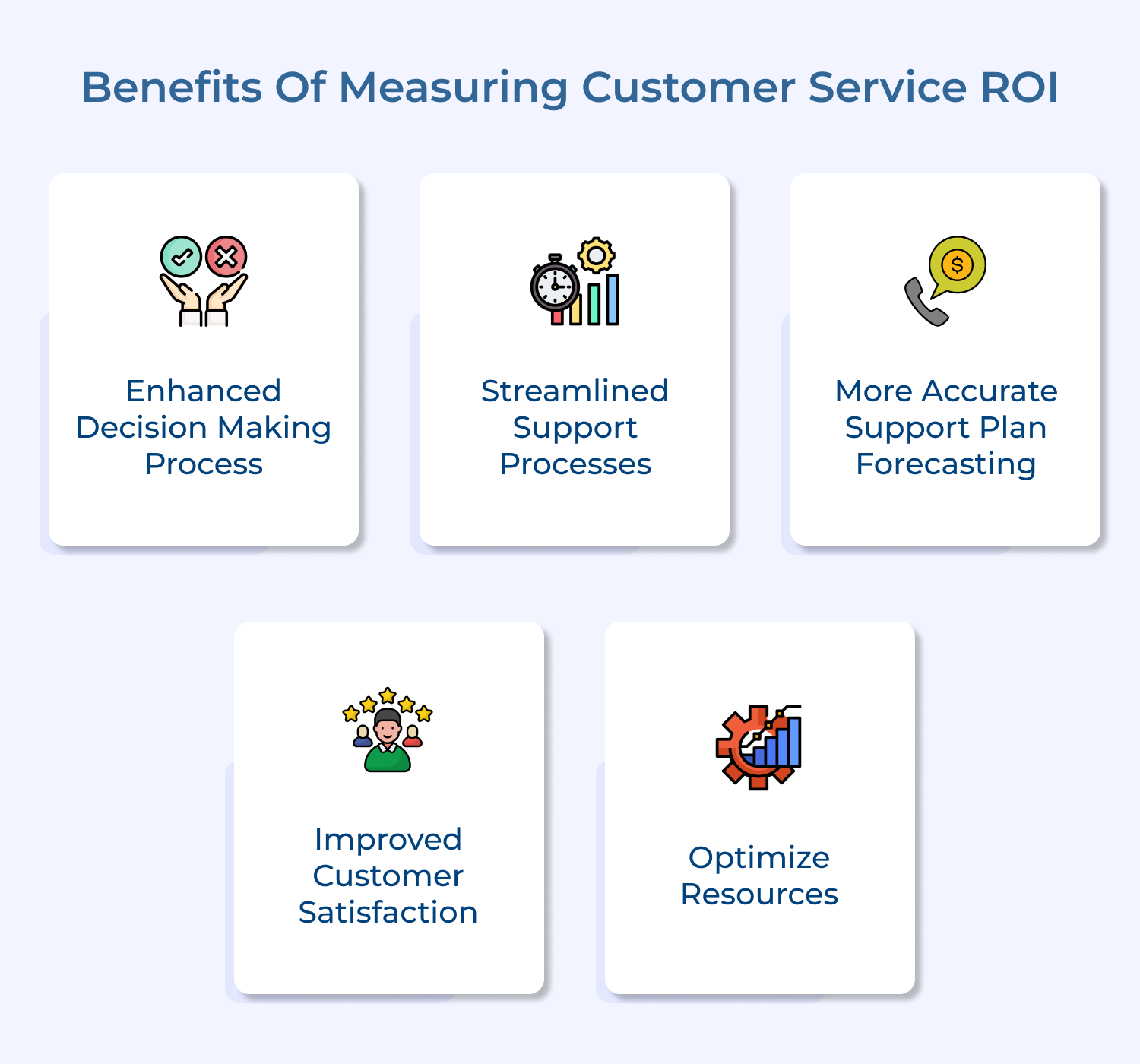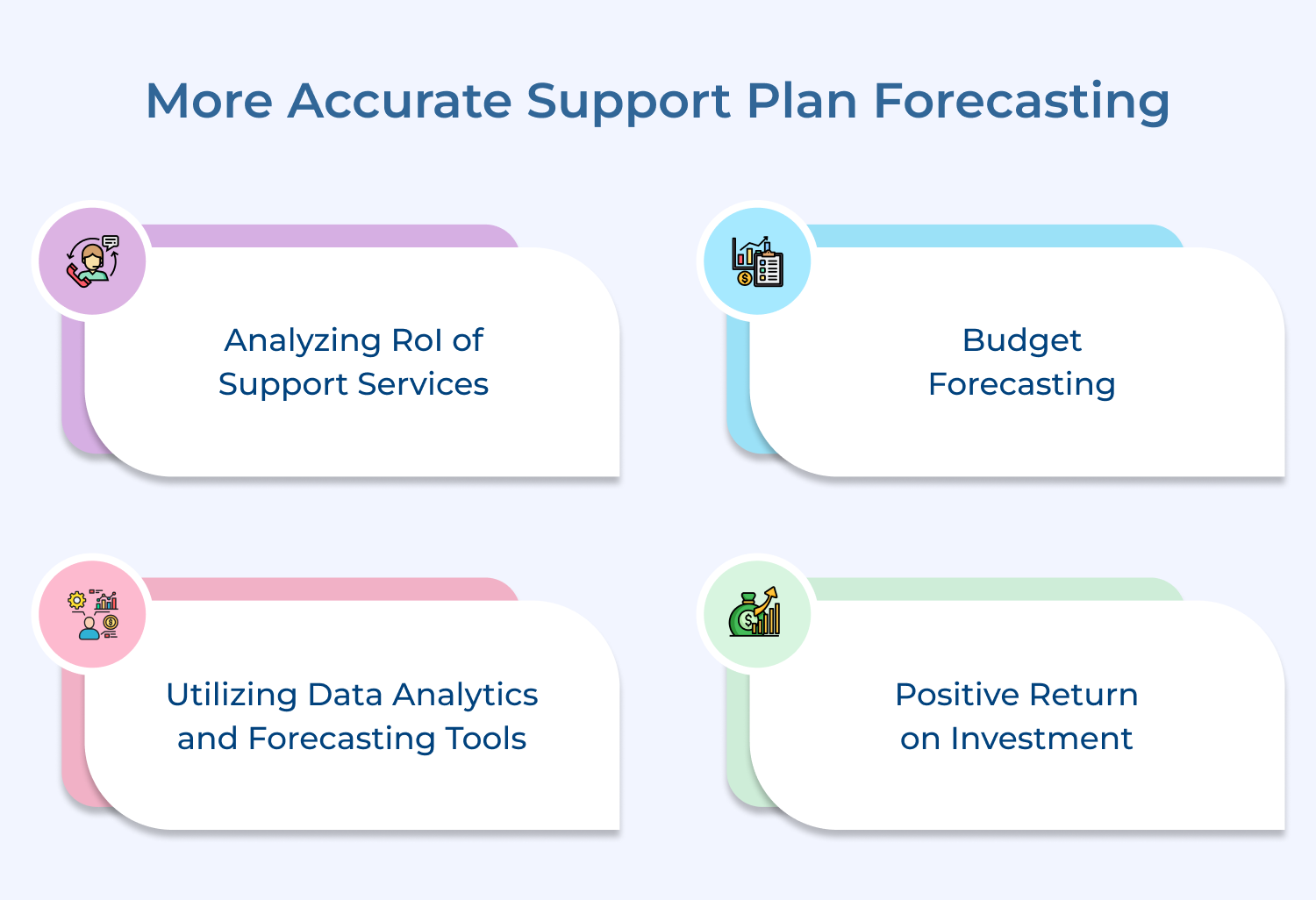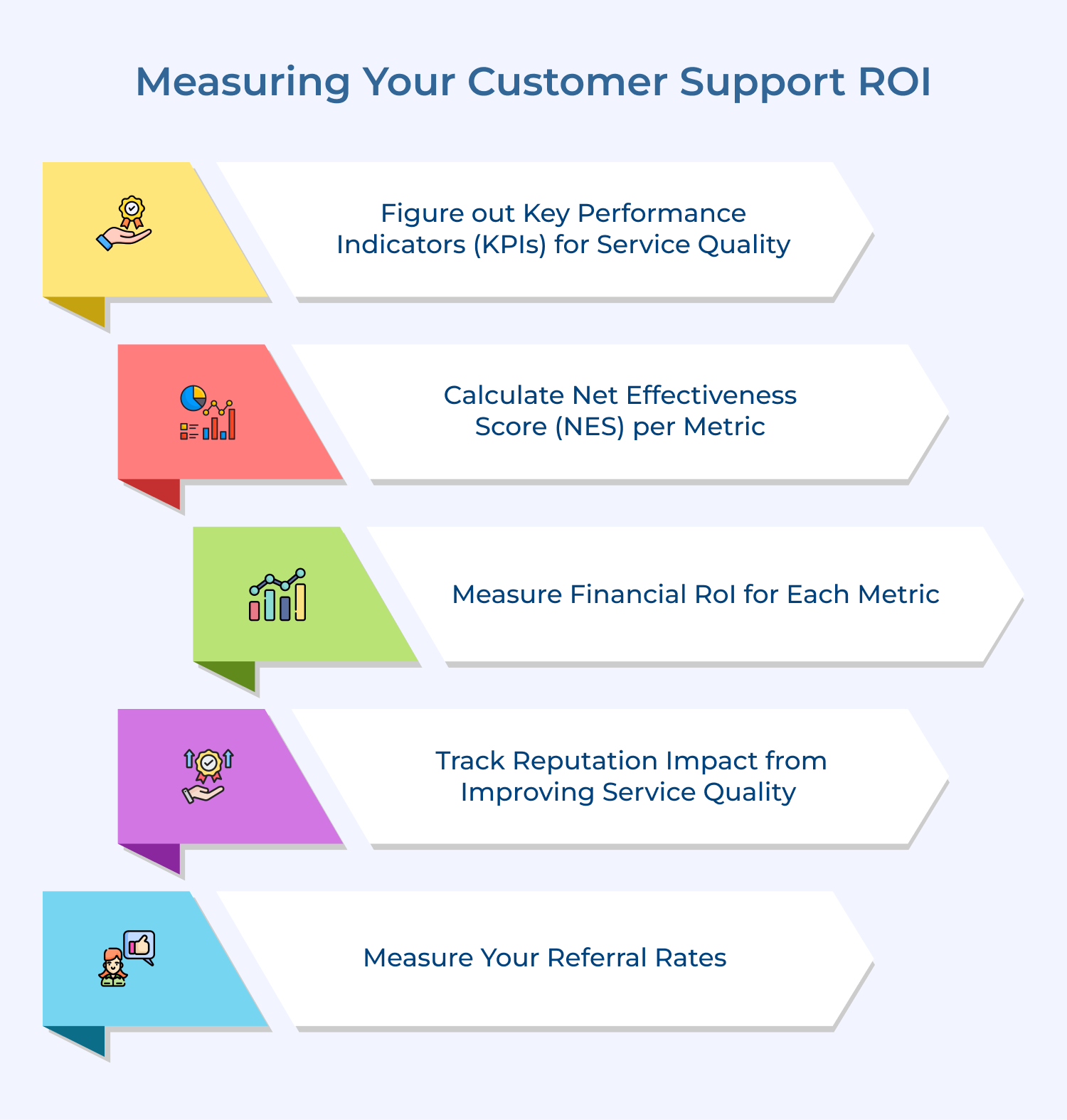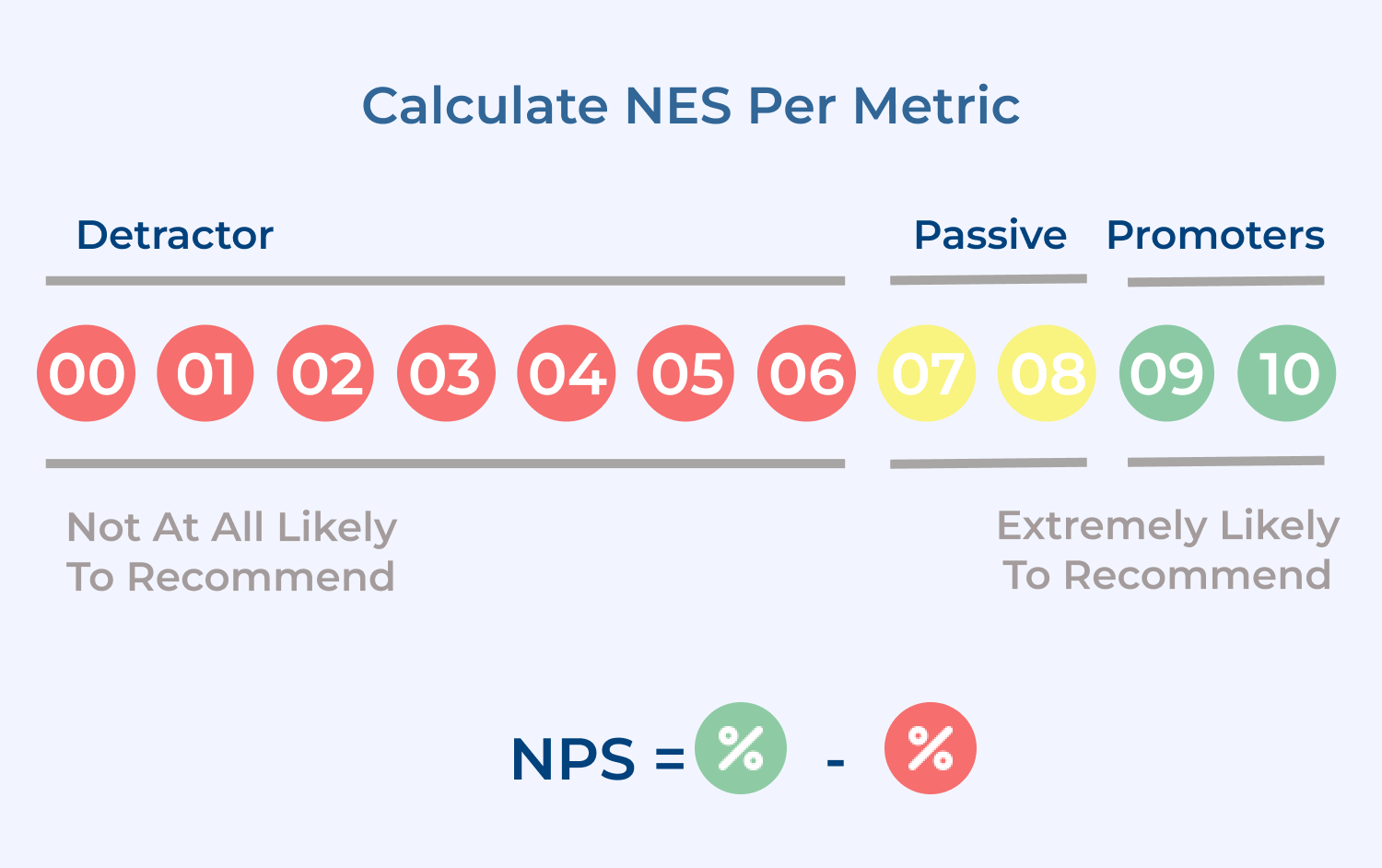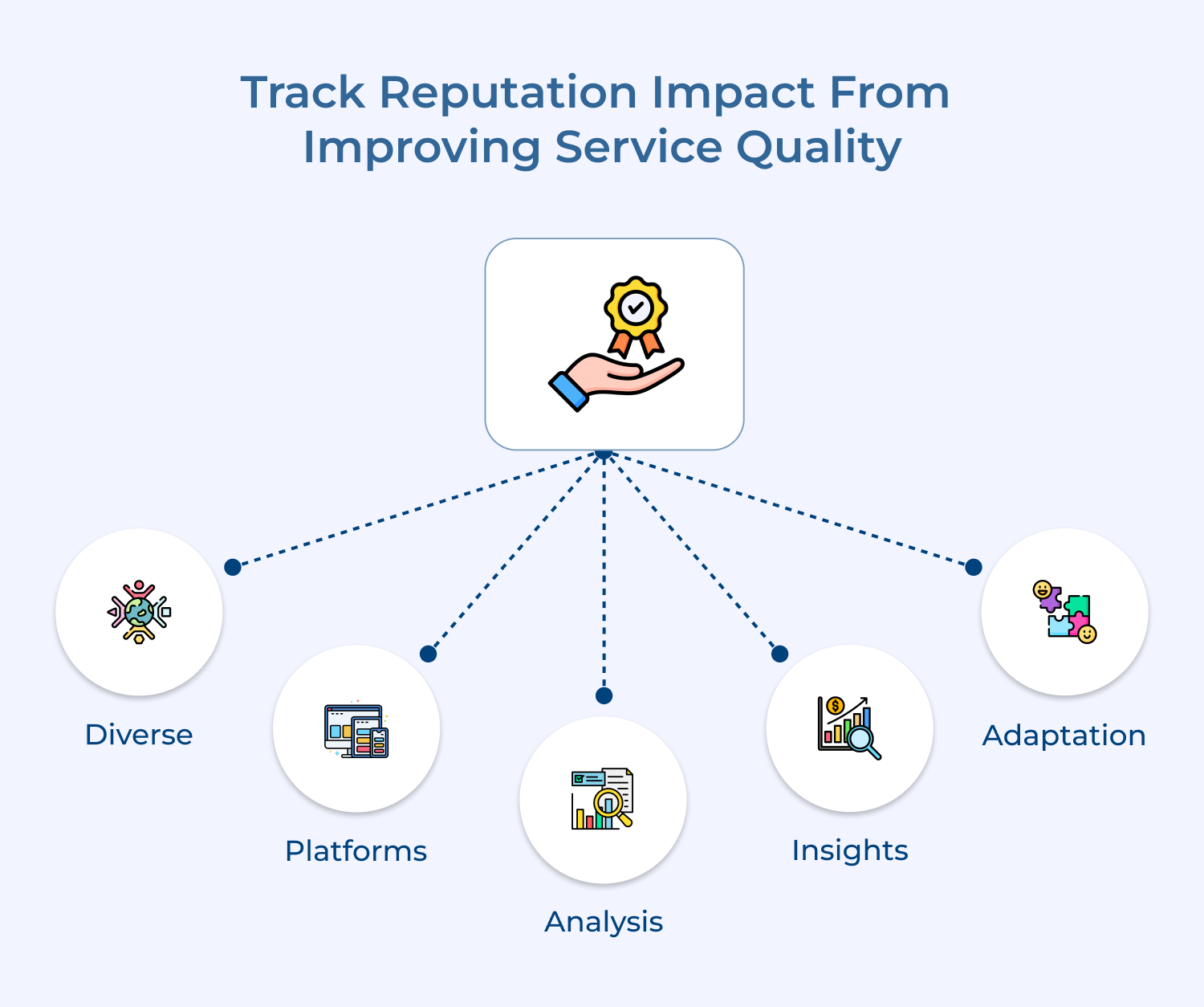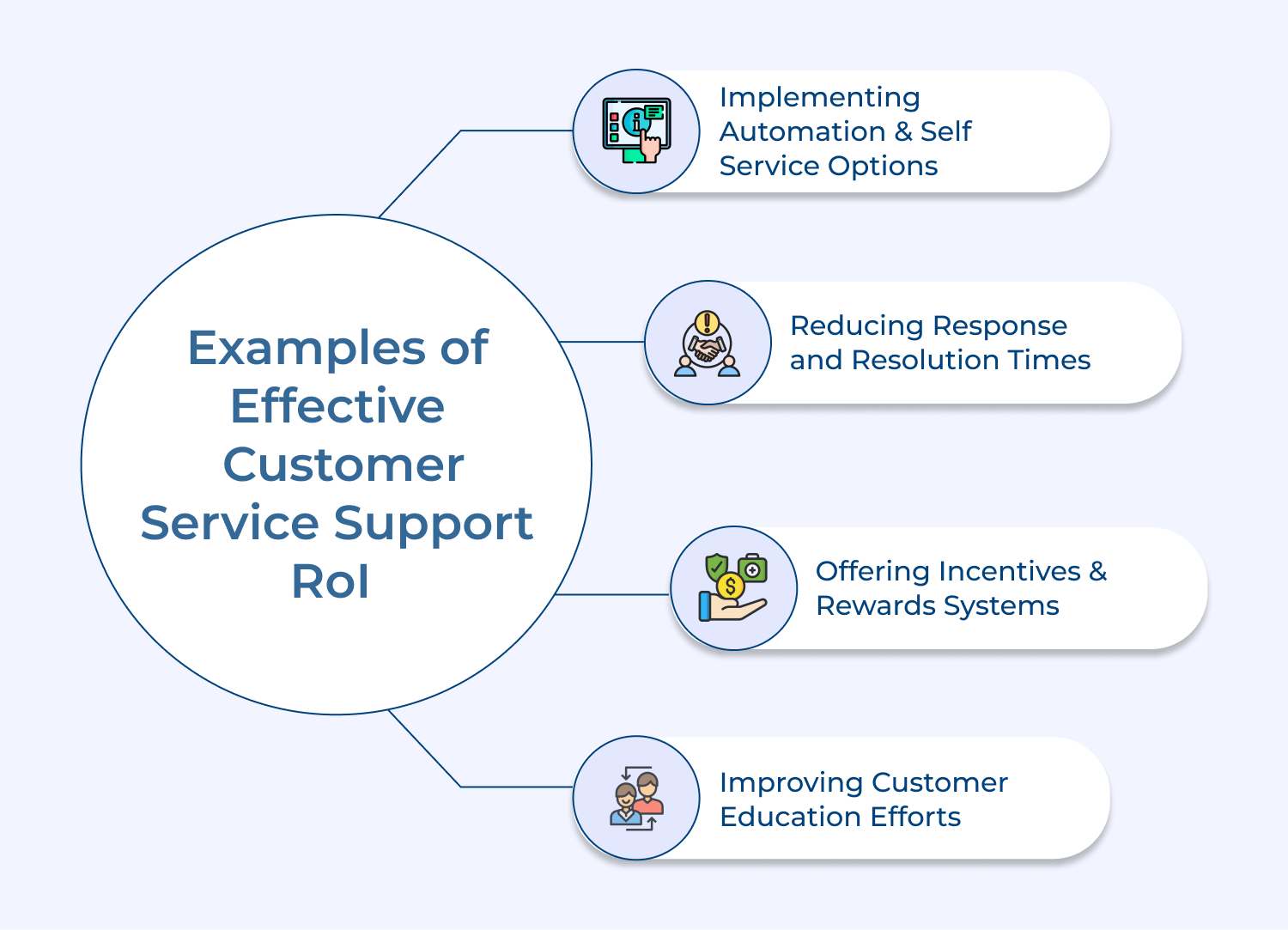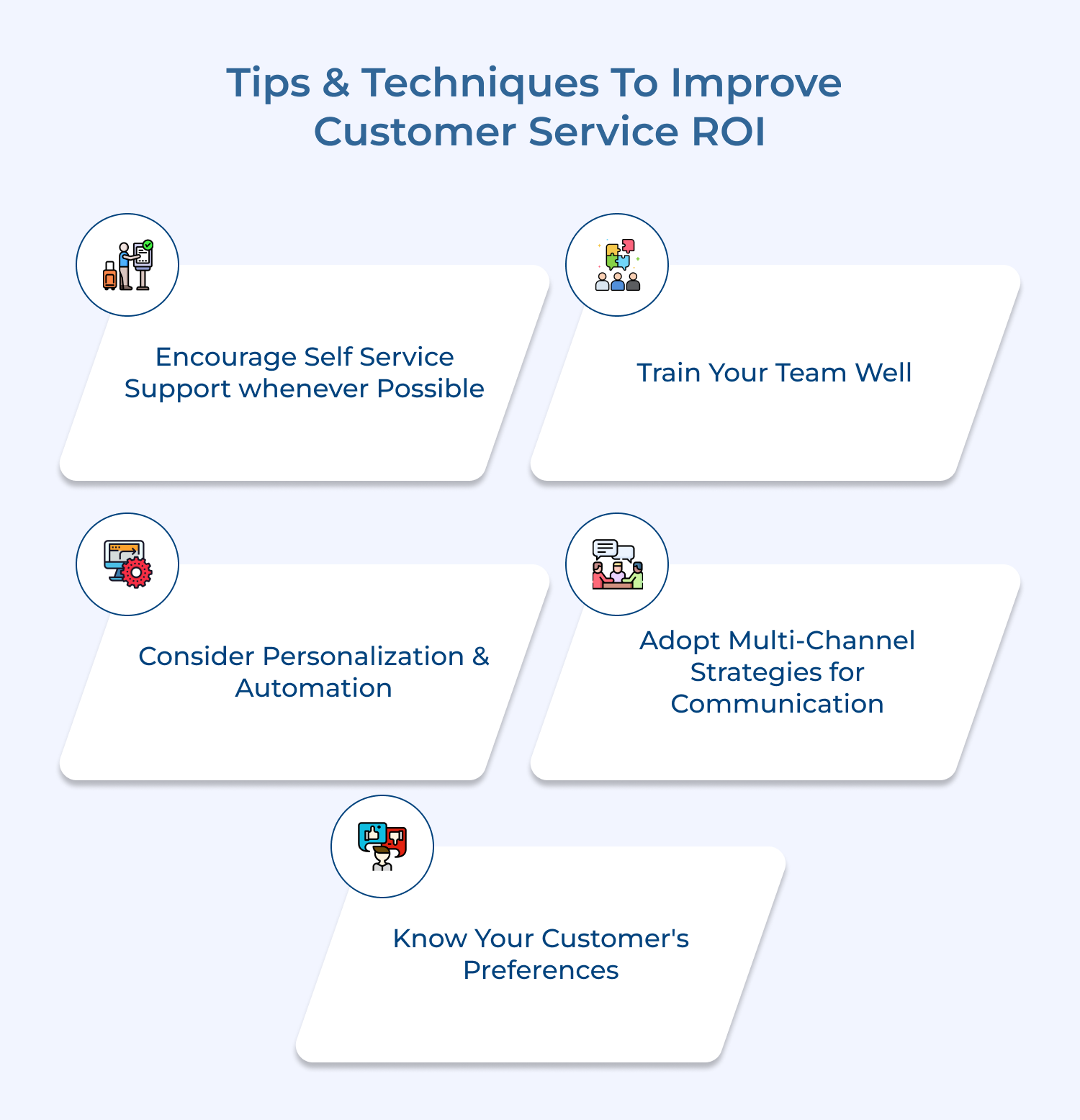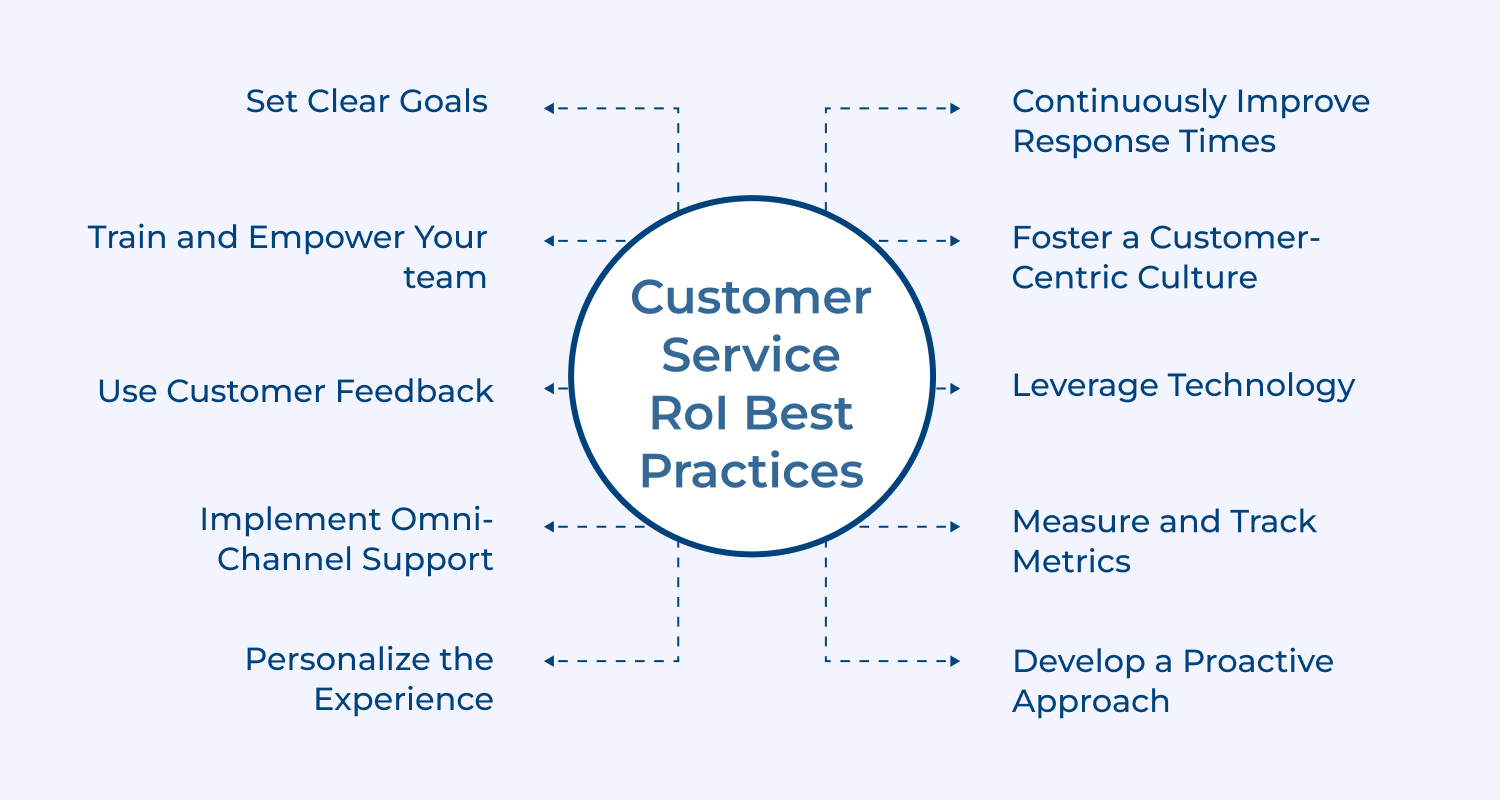1. Implementing Automation & Self-Service Options
Many companies have leveraged automation and self-service options to streamline their customer service processes. Chatbots can provide instant responses to frequently asked questions and guide customers through basic troubleshooting steps. It reduces the need for human intervention, allowing agents to focus on more complex issues.
Example: Amazon’s Alexa, a voice-controlled virtual assistant, has transformed the customer service experience. Customers can inquire about order status, track packages and even place orders using voice commands. It saves time for customers and frees up customer service agents to handle more complicated requests.
2. Reducing Response and Resolution Times
One of the key factors that influence customer satisfaction is the speed of response and issue resolution. Customers expect timely and efficient support. By reducing response and resolution times, companies can enhance the overall customer experience as well as build loyalty.
Example: Zappos, an online shoe and clothing retailer, is renowned for its exceptional customer service. They prioritize fast response times, aiming for a maximum of five minutes for phone calls and 10 minutes for email responses. The company empowers customer service agents to resolve issues on the spot without having to escalate them to higher levels. The commitment to prompt service has resulted in a high customer retention rate and positive word-of-mouth referrals.
3. Offering Incentives & Rewards Systems
Incentives and rewards systems can be powerful tools to motivate customers to engage as well as interact with a company’s customer service channels. By offering incentives such as discounts, exclusive offers, or loyalty points for using customer service support, companies can cultivate a sense of appreciation and encourage repeat business.
Example: Southwest Airlines is known for its excellent customer service. They implemented a unique program called Southwest Airlines Rapid Rewards. The loyalty program allows customers to earn points for every flight and redeem them for future travel. By offering a tangible benefit, Southwest Airlines not only attracts and retains customers but also promotes engagement with their customer service.
4. Improving Customer Education Efforts
Empowered customers are more satisfied customers. By enhancing customer education efforts, companies can proactively address common pain points, reduce support interactions and enhance overall customer satisfaction. Providing resources such as online tutorials, FAQs and knowledge bases can empower customers to find solutions to their problems independently.
Example: Apple’s support website is a goldmine of self-help resources. From troubleshooting guides to video tutorials, customers can easily find answers to their queries or resolve common issues without having to contact customer support. The investment in customer education has resulted in a significant reduction in support inquiries while empowering Apple’s customers to utilize their products to their fullest potential.
Tips & Techniques to Improve Customer Service ROI
The way your customers interact with your business is key to improving the customer service ROI and can be the difference between a loyal customer base or one that’s constantly frustrated.


